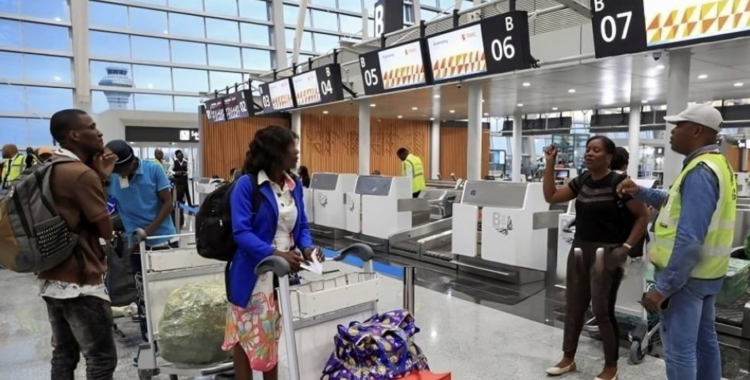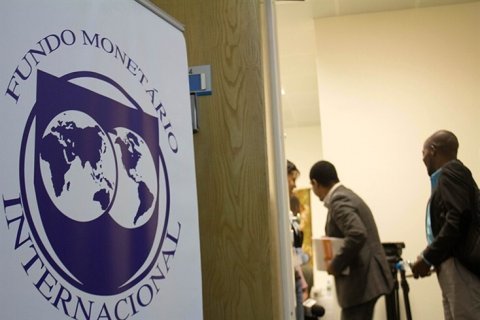"From March this will be the gateway to Angola" for all those traveling by air to the country, said this Sunday the executive president of the Angolan flag company TAAG, Nelson Oliveira.
But, until then, only interprovincial domestic connections will be made on the AIAAN, which began construction in 2013 and cost the Angolan treasury almost three billion dollars.
Among passengers, expressions of satisfaction with the new, spacious, clean and bright infrastructure were widespread, but travelers also pointed out the constraints caused by the distance (more than 40 kilometers north of Luanda), the high price of public transport and security.
For example, Verónica Alfredo, who lives near the village of Viana, preferred to come the night before and spend the night in a chair rather than face the insecurity of having to leave at dawn.
"At the time of the trip (08:00am) it wouldn't be easy to get there, I took a personalized taxi and paid almost 20 thousand kwanzas to get here. I slept in these chairs in terrible conditions", she said, stating that the fears were due to kidnappings in the area where she lives.
"(Leaving) at 4am would be a bit risky and I wouldn't feel safe (...) I had to spend the night here, but in the end, I'm happy with the new airport", she told Lusa.
Verónica Alfredo explained that the difficulties began when TAAG changed the flight.
"Unfortunately, my flight was at 11 am and TAAG had to change it to 8 am", highlighted the passenger, praising the air carrier's team who helped her resolve the problems she faced and managed to "fix her mistake" in time, as she was separated of the sister with whom she would share the transported luggage.
"It is a privilege to be one of the first passengers to travel in this beautiful airport that I loved and I congratulate Angola for this beautiful infrastructure that we already have in this new province of Icolo and Bengo, said the friendly Verónica, shortly after dispatching the baggage and more relieved not to have to pay for excess weight.
Verónica, however, calls for more attention to low-income passengers, asking the Minister of Transport to reinforce public transport and promote more affordable costs to facilitate safe access for passengers to AAIAN "because it is really far away".
Nelsa Venâncio, accompanied by two young children and loaded with suitcases, praises the inaugural experience "which has been very good" and the service, but recognizes that it was "a little difficult to get there" given the distance that separates AIAAN from Rocha Pinto, the neighborhood where you live.
Due to the children, to save time and to have this alternative, she arrived at the airport by car, a journey that took two hours, but he recognizes that everyone has this alternative, so she "doesn't see" major advantages in the new airport due to the distance.
Vicente da Graça Gomes, another of the pioneer travelers at the new airport, highlights that it is "well organized" and says it is a great opportunity.
"It's a joy to have this in our country, it shows that it's moving forward", he highlighted, saying that he had to leave Zango at 4am.
As "it's just beginning and there are no direct taxi stops yet", Vicente previously negotiated a price with a private taxi driver.
"It cost me, it's expensive," he said, regarding the 8000 kwanzas he paid.
Nelson Oliveira highlights, for his part, the "historical day for TAAG" which, in this way, begins the transfer of the operational center from 4 de Fevereiro to the new AIAAN with four daily frequencies to Cabinda, the domestic destination that receives the most flights.
"It's what puts the most positive pressure on as it puts the entire ecosystem in operation", highlighted TAAG's PCE, adding that the four frequencies force the airport to be in operation from 4am to 11pm.
TAAG is also coordinating accessibility with Luanda Railways, Luanda Urban Public Transport (TCUL), and other transport so that they "move and fit into the airline's program and schedules".
"Today they still say it's far away, but it's not that far anymore", highlighted Nelson Oliveira, ensuring that the new airport is nothing like its counterparts and that international passengers will feel at home.
The inaugural flight, carried out on a Boeing 737 700, with capacity for 120 passengers, ended up departing with a delay of around half an hour.







